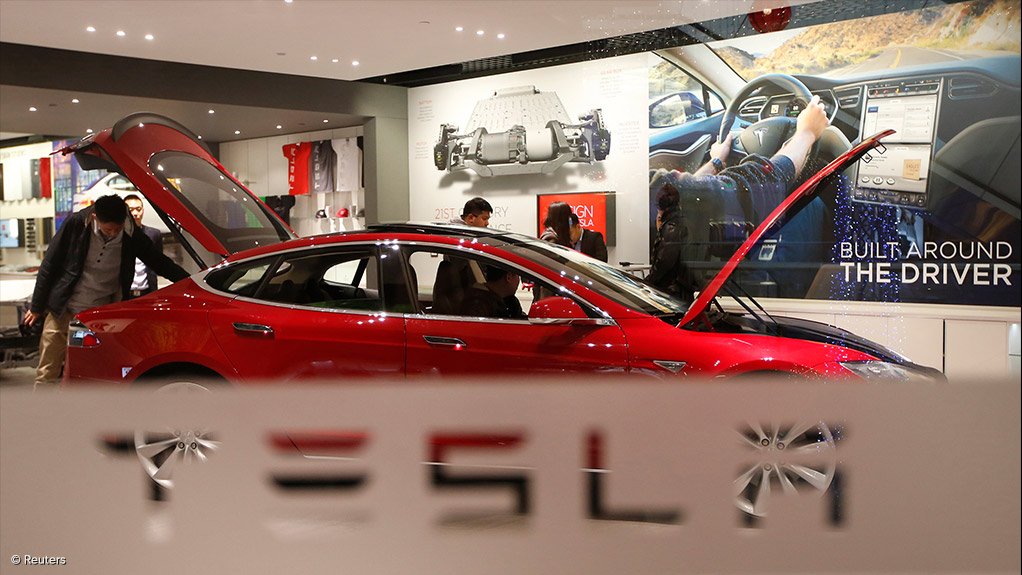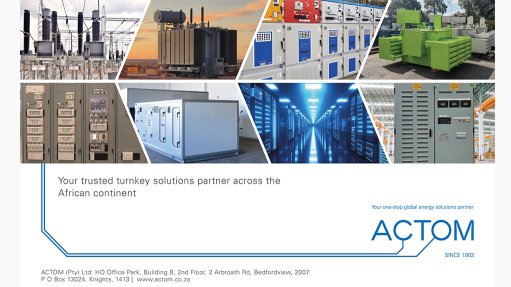Tesla’s decision to move away from rare earth permanent magnets unlikely to have much impact – Adamas
At Tesla’s 2023 Investor Day on March 1, the company revealed that its next-generation permanent magnet synchronous motor (PMSM) traction motors would not use rare earth permanent magnets.
“As the world transitions to clean energy, demand for rare earths is really increasing dramatically and not only is it going to be a little hard to meet that demand but mining that rare earth, it has environmental and health risks,” Tesla powertrain engineering VP Colin Campbell said.
In response to Tesla’s remarks, independent research and advisory firm Adamas Intelligence said on March 2 that it expects the most likely candidate to replace neodymium/iron/boron (NdFeB) magnets – also called neodymium magnets – in Tesla’s next-generation motor design to be ferrite, as it is a proven concept.
Car manufacturer General Motors’ second-generation Voltec powertrain, used in the 2016 Chevy Volt, had a ferrite-driven PMSM alongside an NdFeB-powered PMSM.
More recently, metals manufacturer Proterial – formerly Hitachi Metals – unveiled its own electric vehicle (EV) motor designs using ferrite magnets.
While it has been demonstrated that a ferrite-powered PMSM can match or exceed the performance of an NdFeB-powered alternative across one or more parameters, this performance comes with a significant weight or efficiency penalty that has historically made the switch unattractive, Adamas said.
For example, in one of Proterial’s new motor designs, it simulated an EV traction motor with ferrite magnets that matched the output and maximum rotation speed of a comparable PMSM containing NdFeB magnets but was 30% heavier, which was considered a “massive” weight penalty.
In Proterial’s second design, it simulated an EV traction motor with ferrite magnets that matched the output and motor weight of a comparable PMSM containing NdFeB magnets but operated at a 50% higher rotation speed, translating to a material reduction in torque.
In Tesla’s case, the articulated focus when it comes to motors has long been on maximising the cost-performance balance, which is where NdFeB-powered PMSMs shine, Adamas explained, adding that it was “eye-opening” to see the new motor concept being justified on the back of anticipated supply scarcity and environmental and health risks.
Owing to the Bayan Obo rare earth mine in China, along with the nation’s ionic clay mines and those of neighbouring Myanmar, the rare earth industry has often been referenced as the paradoxical poster child of electromobility and clean energy, Adamas said.
Today, there are more supply options than just China and Myanmar, with others on the cusp of starting production. These options are more transparent, closer to Tesla’s production facilities, and likely to have a substantially less harmful impact on the environment than Chinese production, Adamas said.
“Up-to-date life cycle impact assessments and comparisons of rare earth production from different sources are sparse. However, what is available suggests that the environmental and health impacts of non-China rare earth production is, or has potential to be, just a fraction of that in China,” Adamas said.
Additionally, there are now more emerging rare earth magnet recyclers, with several starting to produce at scale and with significant commercial traction. These producers have potential to supply some of the most environment-friendly rare earths in the world.
Adamas noted, however, that if Tesla’s new motor concept is based on ferrite, the environmental upsides could be marginal to non-existent.
Last year, Adamas’ data indicated that passenger EV traction motors were responsible for 12% of global NdFeB magnet consumption. Of this, Tesla was responsible for 15% to 20%, making its overall contribution to global NdFeB magnet demand – excluding micromotors, sensors and speakers – just 2% to 3%.
As such, should Tesla’s concept reach creation and commercialisation in short order, and should those motors be used across its full vehicle line-up, the global NdFeB market stands to lose a mere 2% to 3% of demand in the near term, and maximum 3% to 4% over the long term, assuming Tesla maintains its EV market leadership, Adamas said.
“The media and market’s reaction to the news has been largely overblown, speaking to a broad misunderstanding of the NdFeB market’s supply and demand fundamentals,” Adamas said.
Looking forward to 2035, Adamas forecasts that global demand for NdFeB magnets will triple, while global production will double, constrained by long lead times to bring online new rare earth oxide production.
In relation to the magnitude of the expected supply gap, a 3% to 4% drop in demand by 2035 would go virtually unnoticed, Adamas said.
Article Enquiry
Email Article
Save Article
Feedback
To advertise email advertising@creamermedia.co.za or click here
Comments
Press Office
Announcements
What's On
Subscribe to improve your user experience...
Option 1 (equivalent of R125 a month):
Receive a weekly copy of Creamer Media's Engineering News & Mining Weekly magazine
(print copy for those in South Africa and e-magazine for those outside of South Africa)
Receive daily email newsletters
Access to full search results
Access archive of magazine back copies
Access to Projects in Progress
Access to ONE Research Report of your choice in PDF format
Option 2 (equivalent of R375 a month):
All benefits from Option 1
PLUS
Access to Creamer Media's Research Channel Africa for ALL Research Reports, in PDF format, on various industrial and mining sectors
including Electricity; Water; Energy Transition; Hydrogen; Roads, Rail and Ports; Coal; Gold; Platinum; Battery Metals; etc.
Already a subscriber?
Forgotten your password?
Receive weekly copy of Creamer Media's Engineering News & Mining Weekly magazine (print copy for those in South Africa and e-magazine for those outside of South Africa)
➕
Recieve daily email newsletters
➕
Access to full search results
➕
Access archive of magazine back copies
➕
Access to Projects in Progress
➕
Access to ONE Research Report of your choice in PDF format
RESEARCH CHANNEL AFRICA
R4500 (equivalent of R375 a month)
SUBSCRIBEAll benefits from Option 1
➕
Access to Creamer Media's Research Channel Africa for ALL Research Reports on various industrial and mining sectors, in PDF format, including on:
Electricity
➕
Water
➕
Energy Transition
➕
Hydrogen
➕
Roads, Rail and Ports
➕
Coal
➕
Gold
➕
Platinum
➕
Battery Metals
➕
etc.
Receive all benefits from Option 1 or Option 2 delivered to numerous people at your company
➕
Multiple User names and Passwords for simultaneous log-ins
➕
Intranet integration access to all in your organisation

















